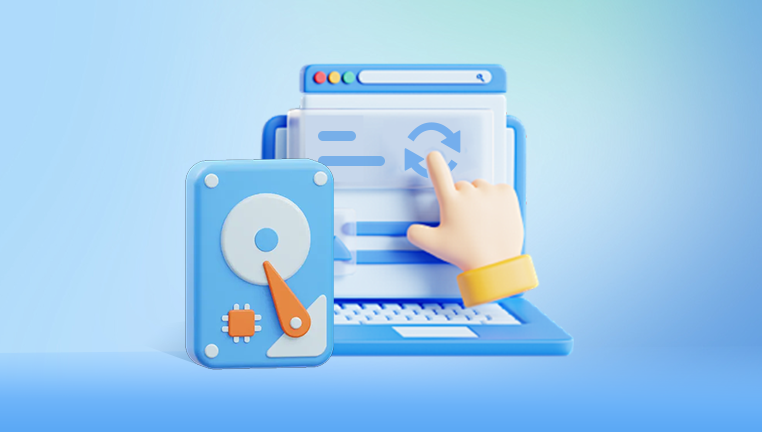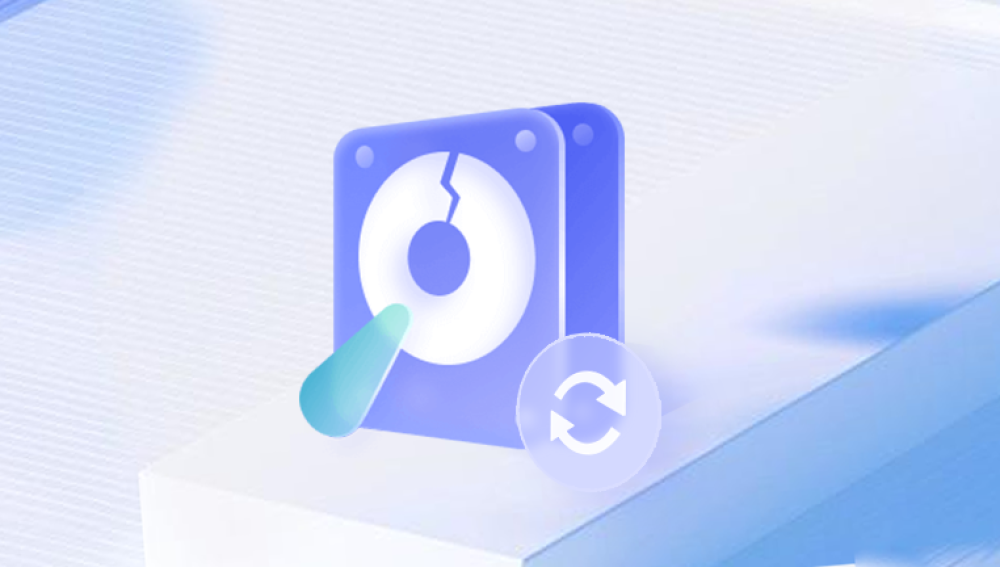Repartitioning an external hard drive can optimize storage space, enhance data management, and improve overall performance. As we accumulate more files whether they be photos, videos, documents, or applications having a well-organized drive becomes increasingly important. Repartitioning allows you to create separate sections on the same drive, enabling you to categorize your data and manage it more effectively.
A partition is a division of a hard drive that allows the operating system to treat each section as an independent unit. This separation can help improve data organization, performance, and recovery options. Partitions can be of different types:
Primary Partitions: The main divisions that can be directly accessed by the operating system. Most drives can have up to four primary partitions.
Extended Partitions: A special type of partition that can contain multiple logical partitions. Useful when you need more than four partitions on a drive.
Logical Partitions: Created within an extended partition, allowing for additional sections on a drive.
Different file systems, such as NTFS, FAT32. and exFAT, also play a critical role in partitioning. Choosing the right file system is essential, depending on how you plan to use the drive (e.g., for Windows-only or cross-platform compatibility).

Tools Needed for Repartitioning
Several tools are available for repartitioning external hard drives, both built-in and third-party. Here’s a brief overview of your options:
Windows Disk Management: A built-in utility that allows users to manage disk partitions without additional software.
Command Prompt (diskpart): A command-line tool for advanced users who prefer to execute partitioning commands directly.
macOS Disk Utility: The built-in tool for macOS users to manage disk partitions easily.
Third-Party Software: Drecov Data Recovery
Preparing for Repartitioning
Preparation is key to ensuring a smooth repartitioning process:
Backup Your Data: Always start by backing up your data. Copy essential files to another external drive, cloud storage, or your computer’s internal storage. This step is crucial as repartitioning can result in data loss if something goes wrong.
Check Disk Health: Use tools like CrystalDiskInfo or built-in diagnostics to check the health of your external hard drive. Ensure that there are no bad sectors or other issues that could complicate the repartitioning process.
Ensure Stable Power Supply: Make sure your external hard drive is connected to a stable power source. Avoid using it on battery-powered devices to prevent sudden shutdowns.
Step-by-Step Guide to Repartitioning
For Windows Users
Using Disk Management
Access Disk Management:
Right-click on the Start menu and select "Disk Management."
Shrink Existing Partition:
Right-click on the partition you want to shrink (usually the C: drive) and select "Shrink Volume."
Enter the amount of space to shrink (in MB) and click "Shrink."
Create a New Partition:
You will see unallocated space on your drive. Right-click on it and select "New Simple Volume."
Follow the wizard to specify the volume size, assign a drive letter, and format the partition.
Format the New Partition:
Choose a file system (NTFS is recommended for Windows) and give it a name. Complete the wizard.
Using Command Prompt (diskpart)
Open Command Prompt:
Type cmd in the search bar, right-click, and select "Run as administrator."
Run diskpart:
Type diskpart and press Enter.
List Disks:
Type list disk to display all connected drives.
Identify your external drive.
Select Your Drive:
Type select disk X (replace X with your disk number).
Shrink the Partition:
Type list partition to see existing partitions.
Select the partition you want to shrink with select partition Y (replace Y with the partition number).
Type shrink desired=SIZE (replace SIZE with the amount in MB).
Create New Partition:
Type create partition primary size=SIZE to create a new partition.
Format it with format fs=ntfs quick.
Assign a Drive Letter:
Type assign letter=Z (replace Z with your desired letter).
For macOS Users
Open Disk Utility:
You can find this in Applications > Utilities.
Select Your External Drive:
From the left pane, select the external drive you wish to repartition.
Partition the Drive:
Click on the “Partition” button.
Adjust the partition size by dragging the divider or entering a specific size in the fields provided.
Format and Name the New Partition:
Choose a file format (APFS, Mac OS Extended, exFAT, etc.) for the new partition.
Name the partition and click "Apply."
Using Third-Party Software
Download and Install the Software:
Choose software like EaseUS Partition Master or MiniTool Partition Wizard.
Open the Software:
Launch the application and locate your external drive.
Follow On-Screen Instructions:
Most third-party tools have a user-friendly interface guiding you through shrinking, creating, and formatting partitions.
Make sure to apply any changes before exiting.
Troubleshooting Common Issues
While repartitioning, you may encounter several common issues:
Unallocated Space Not Visible: If the unallocated space doesn’t show up, try refreshing Disk Management or restarting the software.
Errors When Formatting: Ensure that no files are in use and that the drive is healthy. If formatting fails, check for drive errors using built-in diagnostic tools.
Drive Not Recognized: This may occur if the drive is not properly connected. Try using a different USB port or cable. Also, ensure the drive is powered on.
Additional Tips and Best Practices
Regular Backups: Make a habit of backing up data regularly to avoid potential loss.
Monitor Disk Health: Use tools to check for errors and drive health periodically.
Use Partitions Wisely: Consider organizing data by type or project, making it easier to locate files when needed.




